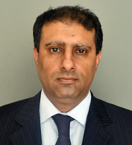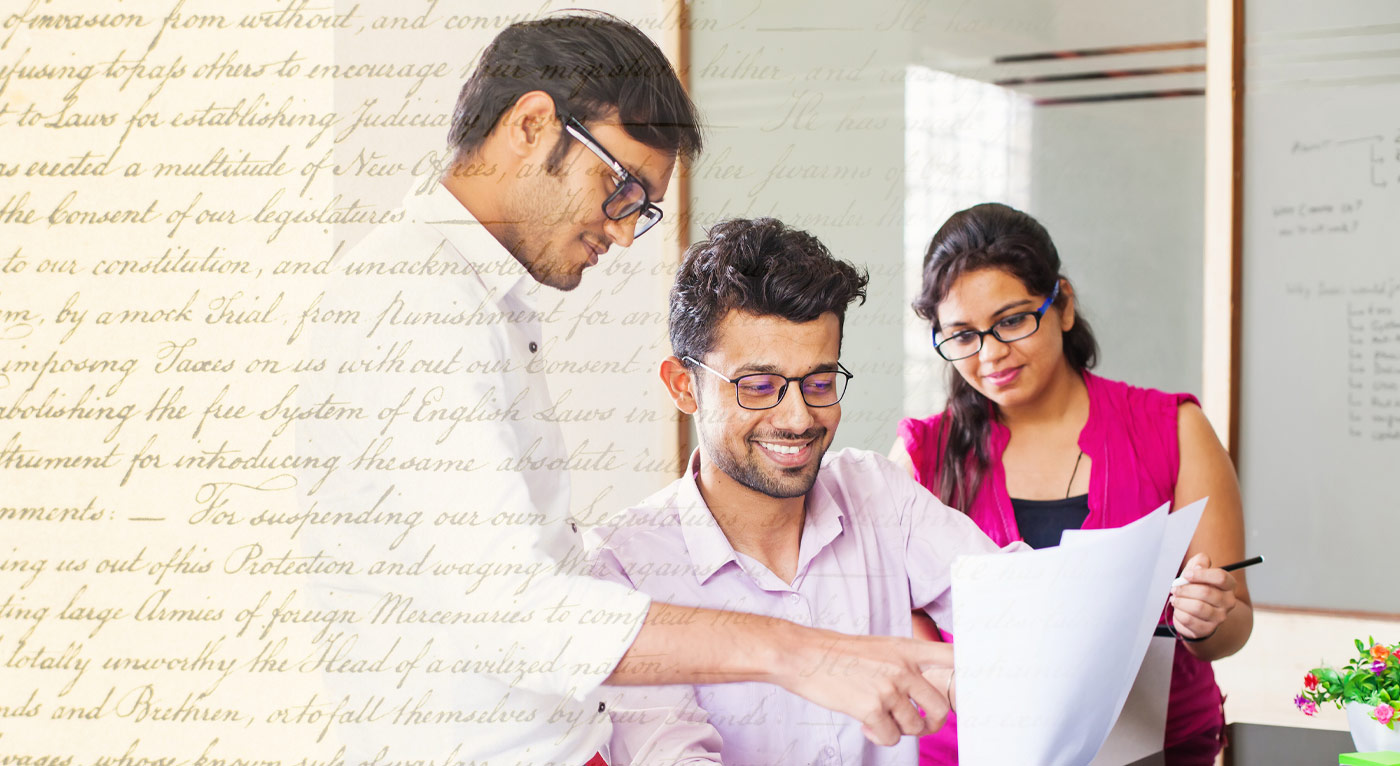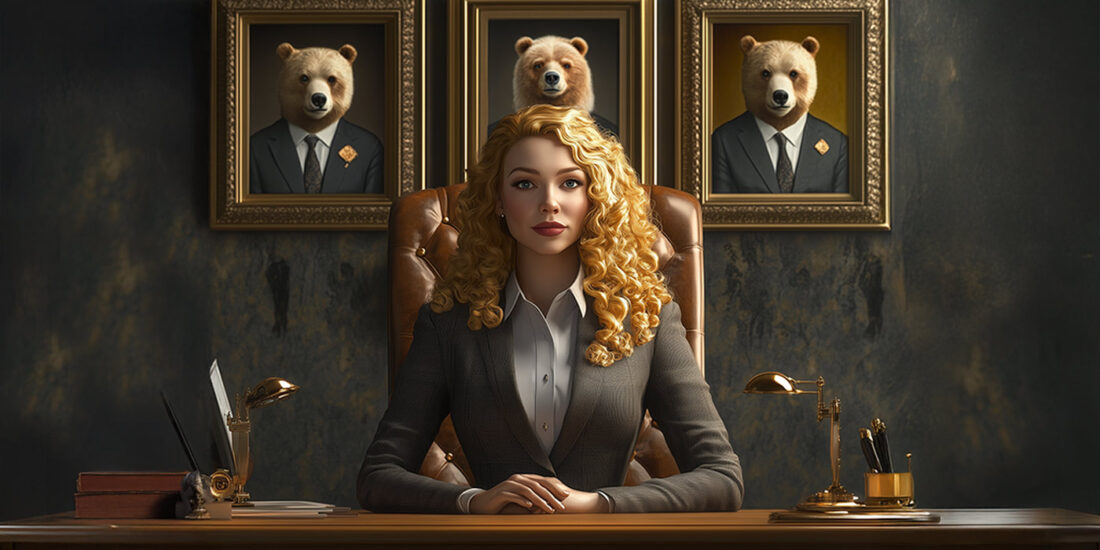
View this edition in our enhanced digital edition format with supporting visual insight and information.
This week, FFI Practitioner is pleased to share an article by Ashvini Chopra in which he discusses family constitutions from an Indian perspective. We hope you enjoy his discussion of the relationship of family constitutions and national constitutions and his analysis of why ongoing commitments to revision and flexible behaviors are keys to success in drafting and implementing constitutions.
Family Constitutions have become very popular in India in the last few years. The number of advisors offering their services, the number of families desiring to form a constitution, and the number of seminars and literature discussing them all have continued a steep northbound trajectory. Quite a few families have gone public, voicing their experiences drafting constitutions. Yet, it is my feeling that families and perhaps quite a few practitioners are treating this drafting process like a check-box activity. This article is an attempt to explore some of the current thinking around constitutions, their importance, and the families who write and live with them. This exploration comes out of my experience working with families who have adopted the Constitution — only to let the document wither away after the initial euphoria wears off, with the Constitution languishing, only referred to ever so often.
To begin, let us first visit what a constitution is, before coming to a Family Constitution, since much more literature exists on constitutions than on their Family counterparts. Among the various definitions available for a constitution, I am reproducing a couple of apt ones.
Merriam-Webster defines a Constitution as:
1: The basic principles and laws of a nation, state, or social group that determine the powers and duties of the government and guarantee certain rights to the people in it.
2: A written instrument embodying the rules of a political or social organization.
Cambridge Dictionary defines a Constitution as:
The set of political principles by which a place or organization is governed, or the written document that records it.
An essential question then arises – why is there a need for a Constitution? Or a related question – does a Constitution define the nation or is it vice versa?
History is replete with examples where Constitutions have been adopted to give an identity to the nation, a set of common rules which both reinforce the historical status quo, and quite often, like the US, French, and Indian Constitutions, contain an aspiration for the future. They are usually a break from the “logic of the situation as it existed till then, and that this occurrence itself is produced by the coming together of different logics into a kind of unity that governs, for some time the actions of different players” (Aditya Nigam, Economics & Political Weekly, May 22, 2004).
So, are these set of definitions and ideas also characteristic of the Family Constitution? Do they also come into being by the unity of different logics coming together for a common cause?
Most families that I have worked with start with a Constitution when the family is expecting a break from the past –when the next gen starts coming into the business and a new paradigm needs to be developed. However, unlike national constitutions, they are usually initiated by the current generation, in an effort to provide continuity and take forward what they have created and what they believe should continue to exist. The desire of the current generation is usually the desire to maintain and perpetuate the status quo. It may also be said that, similar to a national Constitution, that different perspectives bring the players into a unity of action. The older generation wishes to define the policies they have followed and approach the conversation as parents with the ethos of “This is how we did it and were successful, now you walk this path.” The younger generation, on the other hand, approaches the conversation as an adult with different objectives – that of taking over and implementing changes to the way business is being done. Thus, there is a cross transaction between the Parent Ego state and the Adult Ego state (Transaction Analysis by Dr. Eric Berne) in both generations.
The status quo desired by the older generation, quite often the originators of this exercise, makes the interpretation of the 3-circle model (by John Davis) a static one. The older generation continues to place itself in t the central area of the model, with very few stepping back from their role as the controller of the family, business, and ownership systems. Following the drafting and adopting of the Family Constitution, the unity of logic is overtaken by the reality of the situation – i.e. the status quo continues, leading to a rupture in the unity of objectives that existed in the logic dictating the drafting of the Family Constitution.

Thus, most Constitutions assume the following:
- The relationship among various family constituents can remain static irrespective of any events.
- The relationship between family and business will remain static.
- The relationship between family members (or units) and business will remain static.
It is my belief that the three circles, and the constituents within, are dependent and moving parts. The movement of any constituent has a causal effect on the whole structure, and therefore, the structure itself needs to move and find new alignments. For example, the passing away of a family member may cause a vacancy at the “Family Owner Employee” area. This person may need to be replaced with someone else. Now, if all the heirs are working outside the family business, the unity of logic gets disturbed, and a new stability needs to be established. This would, inter alia, have an effect on all the moving parts of the structure. However, since the family member typically continues to occupy the “Owner Employee” area throughout the process, no precedents are established and everyone keeps looking for the logic of why the father/mother did what they did.
A constant amendment of behaviour is required for this, and sometimes in the Constitution itself, and flexibility is built in by almost all practitioners to enable families to amend their Constitution as well. Any family, like a nation, needs to show commitment to the Constitution and continue to build and enforce institutional responses around an inalienable core of what was, until the adoption of the Constitution, an individual response. Identification of this inalienable core is, therefore, the key.
I would like to note that despite amendments and challenges, India has emerged as one of the few countries that gained independence in the 1940-50s, where the Constitution has withstood the pressures of time and has not been repealed. All of this is due to an inalienable core of the basic structure identified by judicial review in the recent past, but also in no small measure due to the commitment shown by the political leadership in building the institutional framework and developing constitutional guardianship during the first decade post-independence.
As in the Indian Constitution, the families setting out on this journey, or those who may have already drafted their Constitution, need to focus on understanding the basic structure of the family, building an institutionalised framework, and developing constitutional guardianship.
About the Contributor
 Ashvini Chopra is senior vice president, family office, at Bennett Coleman in Mumbai, India. He has more than 26 years of experience — of which three years have been as the Head-Family Office, six years have been as an estate planning professional and more than seven years as a private banker. His focus areas are succession planning, tax planning, wealth management, lifestyle management, entity management, and advising on board constitutions. Ashvini’s previous FFI Practitioner article, “Selling the Family Business? Set up a Family Office First!” was one of the five most read in 2017. A member of FFI and STEP, Ashvini can be reached at ashvinichopra@gmail.com.
Ashvini Chopra is senior vice president, family office, at Bennett Coleman in Mumbai, India. He has more than 26 years of experience — of which three years have been as the Head-Family Office, six years have been as an estate planning professional and more than seven years as a private banker. His focus areas are succession planning, tax planning, wealth management, lifestyle management, entity management, and advising on board constitutions. Ashvini’s previous FFI Practitioner article, “Selling the Family Business? Set up a Family Office First!” was one of the five most read in 2017. A member of FFI and STEP, Ashvini can be reached at ashvinichopra@gmail.com.
About Bennet Coleman
Bennett, Coleman & Co. Limited, established in 1838, is the flagship company of The Times Group. Its brands include The Economic Times, Times of India, Femina, Sandhya Times, Times FM, and Filmfare. The Times Group is India’s largest media house with a presence across all media platforms spanning the Indian sub-continent.

View this edition in our enhanced digital edition format with supporting visual insight and information.





